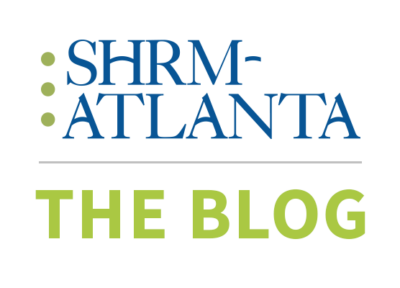By Theresa S. Worthy

In the complex landscape of modern workplaces, employee guilt is a nuanced emotion that HR professionals often encounter. Guilt is an emotional response to the realization that one has caused or is associated with a negative outcome. This emotion can manifest in various workplace scenarios, such as missing a deadline, underperforming, or inadvertently offending a colleague.
While excessive guilt can be debilitating, leading to unnecessary stress and anxiety, a balanced sense of guilt can encourage personal accountability, enhance interpersonal relationships, and promote ethical decision-making. Understanding the signs, symptoms, and solutions for managing employee guilt is crucial for HR professionals dedicated to fostering a more empathetic, responsible, and high-performing organizational culture.
Employee guilt can manifest in diverse ways, but common signs include:
- Increased Anxiety and Stress: Employees grappling with guilt may exhibit heightened anxiety, especially when discussing their performance or specific incidents at work.
- Overcompensation: In an attempt to alleviate guilt, some employees might overcompensate by working excessive hours, taking on too many tasks, or repeatedly apologizing for their perceived mistakes.
- Withdrawal: Guilt can lead to withdrawal such as avoiding team activities, decreased participation in meetings, or reluctance to take on new projects.
- Decline in Performance: Persistent guilt can erode self-confidence, leading to a noticeable decline in work quality or productivity as individuals become preoccupied with their perceived failures.
HR professionals play a pivotal role in managing workplace guilt effectively. Here are key strategies to consider as solutions:
- Foster a Culture of Open Communication: Cultivate an environment where employees feel safe to express concerns, admit mistakes, and seek support without fear of judgement or punitive action. Regular check-ins and open-door policies encourage dialogue and early intervention.
- Encourage Balanced Reflection: Guide employees to reflect on the situation causing guilt in a balanced manner, distinguishing between productive remorse that leads to learning and destructive guilt that hinders growth. Facilitate conversations that help employees recognize their achievements alongside their mistakes.
- Promote Healthy Work-Life Boundaries: Employees often feel guilty for not meeting unrealistic self-imposed or culturally entrenched expectations. Encourage staff to maintain healthy work-life boundaries, emphasizing the importance of rest and personal time for overall performance and well-being.
- Provide Resources for Support and Development: Offer access to professional development opportunities, counseling services, or employee assistance programs (EAPs) to help employees cope with guilt and build resilience. Tailored workshops focused on time management, emotional intelligence, and stress reduction can also equip employees with tools to manage their feelings constructively.
- Implement a Learning-Oriented Feedback System: Shift the focus from punitive measures to learning opportunities. Develop a feedback system that emphasizes growth and improvement, helping employees learn from their experiences without dwelling on guilt.
Employee guilt, if left unchecked, can undermine morale, productivity, and workplace harmony. Can HR transform guilt from a source of distress into a catalyst for growth and learning? Yes, indeed! By doing so, HR not only enhances individual well-being, but also contributes to building a resilient and engaged workforce.




